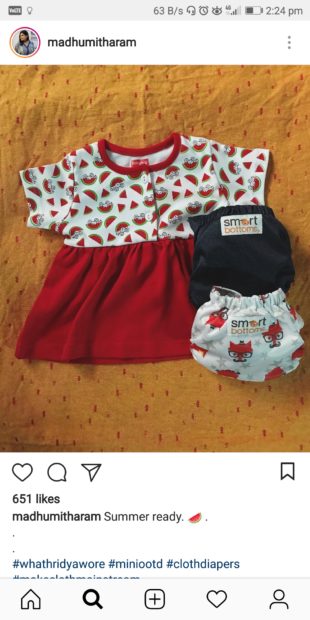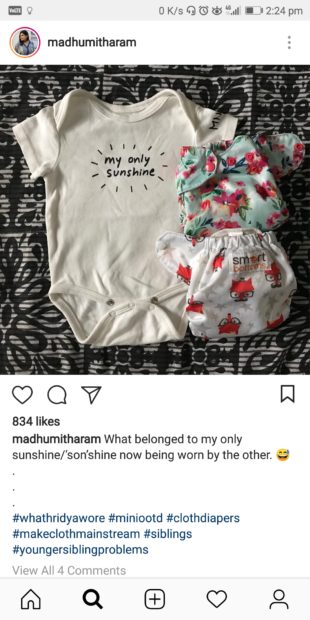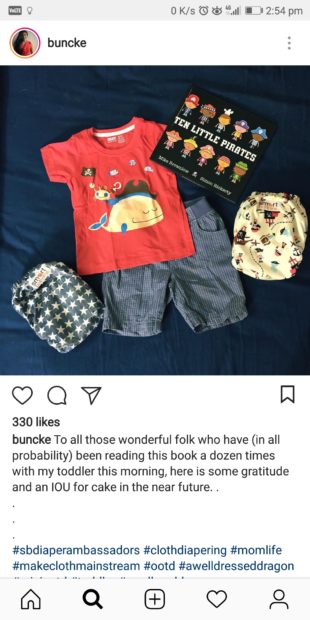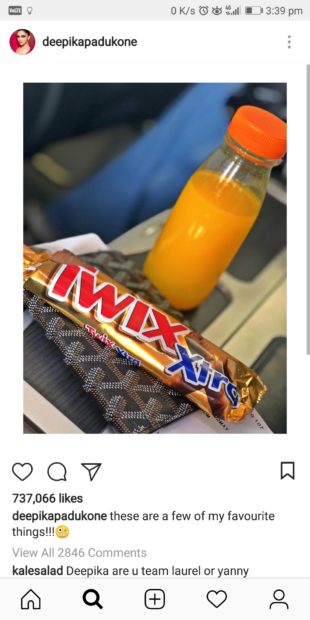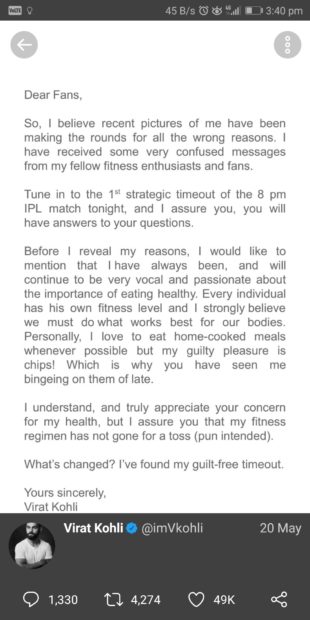This post was written for Escape Velocity Blog and first appeared there.
A years or so ago, my wife and I ended up ordering half a dozen cloth diapers of an unknown brand called Smart bottoms. The reason, a couple of people that my wife follows on Instagram had started posting about them. All that these posts had was the picture of the product neatly arranged next to other pieces of baby apparel, but that was sufficient for prompting further research by the wife and an eventual purchase.
Influencer marketing, as such campaigns are termed, first emerged from the blogging world but thrives on visual platforms like Instagram and YouTube currently. Large brands continue to use bankable celebrities and top-tier creators to launch new products or tent-pole campaigns. But “micro influencers” such as those my wife came across – with a follower base of as little as a few thousand people – are increasingly being tapped by brands for the cost efficiency they bring to campaigns and the network effect.
The entire edifice of influencer marketing rests on the simple premise of their sphere of influence and how that can be harnessed. Brands often consider the following key factors while planning an influencer marketing campaign:
- Reach: With driving awareness as the primary goal, many brands look at the size of an influencers’ audience to gauge how they could maximise reach. Hence, shortlisting of influencers is mostly on the basis of follower count and post/video views. Accordingly, brands usually enter into one-off or short term ‘sponsor content’ kind of deals with influencers rather than longer term ambassadorships.
- Engagement: As large scale reach on digital media can be expensive to build, brands often focus on engagement too. Many studies point to engagement rates as the primary measure to gauge a campaign’s success. Analysis of likes, comments and shares are put to use in various ways – optimise creative, measure how brand perception is being shaped, extend a campaign’s organic reach and at times even serve as a proxy measure for the social influence that an influencer exerts.
- Authenticity: Influencers are often perceived to be knowledgeable and honest about the topics they post on. The way they communicate, interact and respond to their followers drives the engagement with their followers. Brands want to tell a more authentic story in this environment of trust that influencers, particularly micro-influencers, command with their followers.
With influencer marketing becoming mainstream, there has been a rise of specialised ‘influencer marketing agencies’ (increasingly calling themselves – “influencer relationship-management platforms”). Influencers rely on them to get connected with brands, monetize their area of interest, and help with contracts and negotiations. With an intermediary whose primary interest is commercial, there are a few potential pitfalls to watch out for, a few of which are mentioned below.
- Number of followers: An estimated 59% of the 25.5 million followers of Virat Kohli, the most followed sportsman from India are fake (Source: Shield Square). While this percentage might not be as high in the case of micro influencers, the profile of followers that they’ve built might not match the target audience that is of interest to the brand. Hence, number of followers by itself loses significance. What matters is the quality of followers – “real” people who are genuinely interested in the content an influencer has to offer. What is the profile and composition of the followers? How many of the followers fit the TG the brand wants to target? How many of these followers are interacting with campaigns? All of these are important questions that have to be answered before engaging the influencer.
- Fatigue: Many a times, sponsored content is overdone by the influencer due to contractual commitments or economies of production. VahRehVah (one of the top food channels on YouTube) did a series of 61 videos at one go for a brand of Oats. These videos averaged less than ten thousand views each versus an average of three lakh views for regular videos on the channel. And almost all comments with brand mentions were negative! Dubbed “influencer fatigue”, such repeated posting of sponsored content drives consumers to doubt authenticity of the product post regardless of whether the influencer is being paid to do so or not. How many and which other brands is the influencer endorsing? Is the content related to the brand in sync with regular posts by the influencer? Such questions are what brands need to check for before engaging influencers.
- Returns on investment: Like for other digital media, measuring influencer marketing ROI remains a challenge. Going back to the Smart bottoms purchase we made, multiple influencer posts triggered curiosity, which was followed by a long research process and eventual online purchase. In this case, for the brand to attribute the eventual sale to an influencer activity would be really difficult. Using affiliate links and influencer specific discount codes is one way online brands can track sales. But, for offline brands, the best way to measure influencer marketing effectiveness would be to measure for goals set either in a pre and post-exposure or in a test and control group situation using offline and online research modes. Not just sales, other parameters like brand awareness, reputation, perception and advocacy can be measured this way. Otherwise, efficiency of influencer marketing activities would be left to conjecture.
Having realized the importance of influencer marketing, many brands are moving influencer marketing programs in-house by building an internal team of experts to manage activities typically done by the agencies. Responsibilities of the team vary – from influencer outreach and relationships to campaign execution and even measurement. But, with or without internal influencer marketing teams, for any such program to succeed, the strategising is critical. Identifying the right influencers to represent the brand, understanding why their content resonates with their followers and tailoring the brand’s message to maximise impact. After all, influencer marketing is not about the size of the follower base but about how followers can be persuaded to change their behaviour in favour of the brand.

